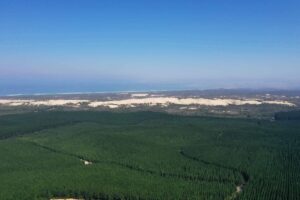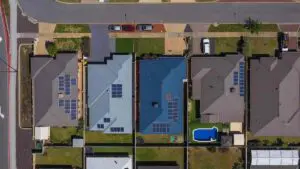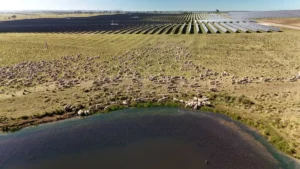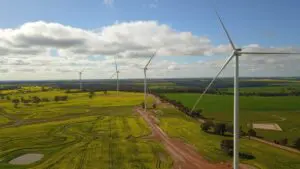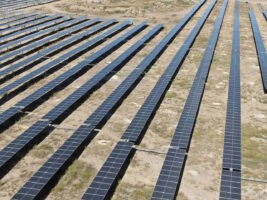A public meeting to help decide the fate of a solar farm proposed for construction next to a former coal mine in New South Wales has been moved online, after only a handful of people registered to attend the meeting in person.
The Muswellbrook solar farm proposes to install 135 megawatts of PV generating capacity and a 135MW two-hour battery around 2.5km east of the Hunter region coal town of the same name.
The project is proposed for construction by developers by OX2 and Idemitsu Australia on land adjacent to the Muswellbrook Coal Mine, primarily owned by mine operator Idemitsu.
According to the project website, coal mining operations at the site were completed at the beginning of 2023, after 115 years of operation, presenting “an exciting opportunity to redevelop the site and generate post-mine investment and employment in the region.”
But the call on whether or not to approve project, which is also being assessed under the federal government’s EPBC Act, was last year handed to the NSW Independent Planning Commission after it received more than 50 unique submissions objecting to its development.
A key part of the IPC’s review process, once a renewable energy project is referred to the commission, is to give the local community a chance to have their say and air their concerns at a public meeting.
The commission said in an update this week that it had received registrations from just five speakers to present in person, and so has opted to conduct the meeting online and not in the town.
“The Commission received registrations for the public meeting from five speakers to present in person and seven speakers to present over the telephone,” the update says.
“Due to the low number of in-person speakers, the meeting will now be held online that day, rather than on-site in Muswellbrook.”
This is surprising, considering the 53 objections to the Muswellbrook solar farm and big battery raised a range of concerns including impacts to local biodiversity and agricultural land and visual impacts to properties, the neighbourhood and landscapes.
But a closer look at the submissions report put together by EMM for the project developers shows that the majority of objections to the project did not come from locals – which might go some way to explain the lack of interest in a local meeting.
Analysis of the locality of origin and distance of submitters shows that 60 per cent came from more than 100 km away from the proposed solar farm, including half a dozen from Queensland.
A total of 37% of submitters were found to come from within 5km of the project study area, while 2% were from the regional area (5–100 km from the project area).
Organisations that objected to the project included Responsible Energy Development for New England, Save Our Surroundings (SOS) – the author of a 2020 paper titled Wind and Solar Electricity Generation are the Answer. Seriously?, Climate Energy Realists Queensland, and Save our Woodlands Inc.
A look at the summary of matters raised in the submissions also reveals an interesting trend, with almost half of all of the objections to the Muswellbrook project (24) listed as putting “justification of renewable industry” as the key matter raised.
Other key concerns commonly raised included: impacts to biodiversity and threatened species; impacts to agricultural land: visual impacts to properties, neighbourhood and landscape; fire risk; human health impacts, and; property values.
The online meeting will be held on Wednesday February 12 at 10am and will be broadcast live on the Commission’s website or YouTube channel. The IPC is still accepting written submissions on the Muswellbrook solar and battery proposal until 5:00pm on Wednesday February 19.


